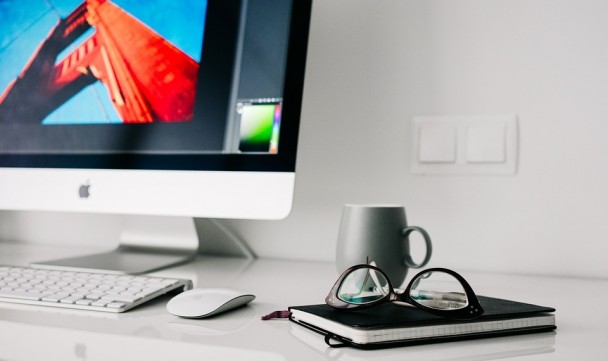The modern office started to take shape back in the 1950’s. Back then, besides pen and paper, an average office had a typewriter and a phone, and those better equipped even had a crude voice recorder. Not much. However, in the upcoming decades, with the technological advancements, the number of office devices rose steadily. In fact, the rise was so big in the eighties and the nineties that it wasn’t unusual to use more than 10 different devices on a daily level. Luckily enough, during these first 16 years of the 21st century, that number was drastically reduced. So, what are the devices a modern office needs in order to operate on a daily basis?
Telecommunication
We’ve come a long way since landline phone with a rotary dial back from the 1950’s. Most of the communications today are done via mobile phones that fit into our pocket. Not only that, smartphones we use merge several gadgets that were used in the 90’s into a single omnipotent device. A beeper, mobile phone, PDA, voice recorder (dictaphone) and camera, these are only some of the functions a smartphone has. That is nothing odd, given that an iPhone 5 (a 2012 Apple model) has 2.7 times the processing power of a 1985 Cray 2 supercomputer.
An unstoppable incline in the presence of internet connection has made intercontinental meetings an everyday occurrence. Thanks to quality internet providers like att u verse, we are able to make video calls via Skype and similar software from, let’s say, New York, all the way to Sydney, thus enabling even smaller companies to do business on a larger scale.
Paperless office
Though pen and paper are all but extinct, the notion of a paperless office is on the rise. As a result of the advances in information technology, most documents can, nowadays, be handled electronically. Not only does this way of doing business reduces costs, it also affects the environment – in a positive way. But, we are still far from a truly paperless office, as according to EPA, an average worker generates 2 pounds of paper produce a day. Nevertheless, it is good to know that we are moving in the right direction.
Multifunction is the key
Yes, just like with mobile phones, other devices are reshaping into multifunction hubs. One such device is the printer. While back in the day we had to use dedicated devices for printing, scanning and copying, that is not the case anymore. Modern multifunction devices (MFDs or AIOs) support all those technologies. A single MFD is able to cater to the needs of an entire small business via local area network.
Another sort of printer is slowly taking it rightful place inside many modern offices – 3D printer. Introduced in 1984, 3D printing is not some sparkly new tech, however, in recent years it has become more and more present. Its commercial potential is great, especially in architecture and construction.
Compute
Even though smartphones have replaced numerous office devices and gadgets, computers are still irreplaceable. Introduced in the 60’s, IBM’s word processor was a forerunner of a modern day office computer. Since then it went through many phases and changes so it could shape up into a machine that we all know and use on a daily basis. The biggest jump is seen in the last 20 years. The processing power of an average computer has increased over 70 times. What this translates into in reality is getting much more work done in less time, ultimately increasing our productivity.
